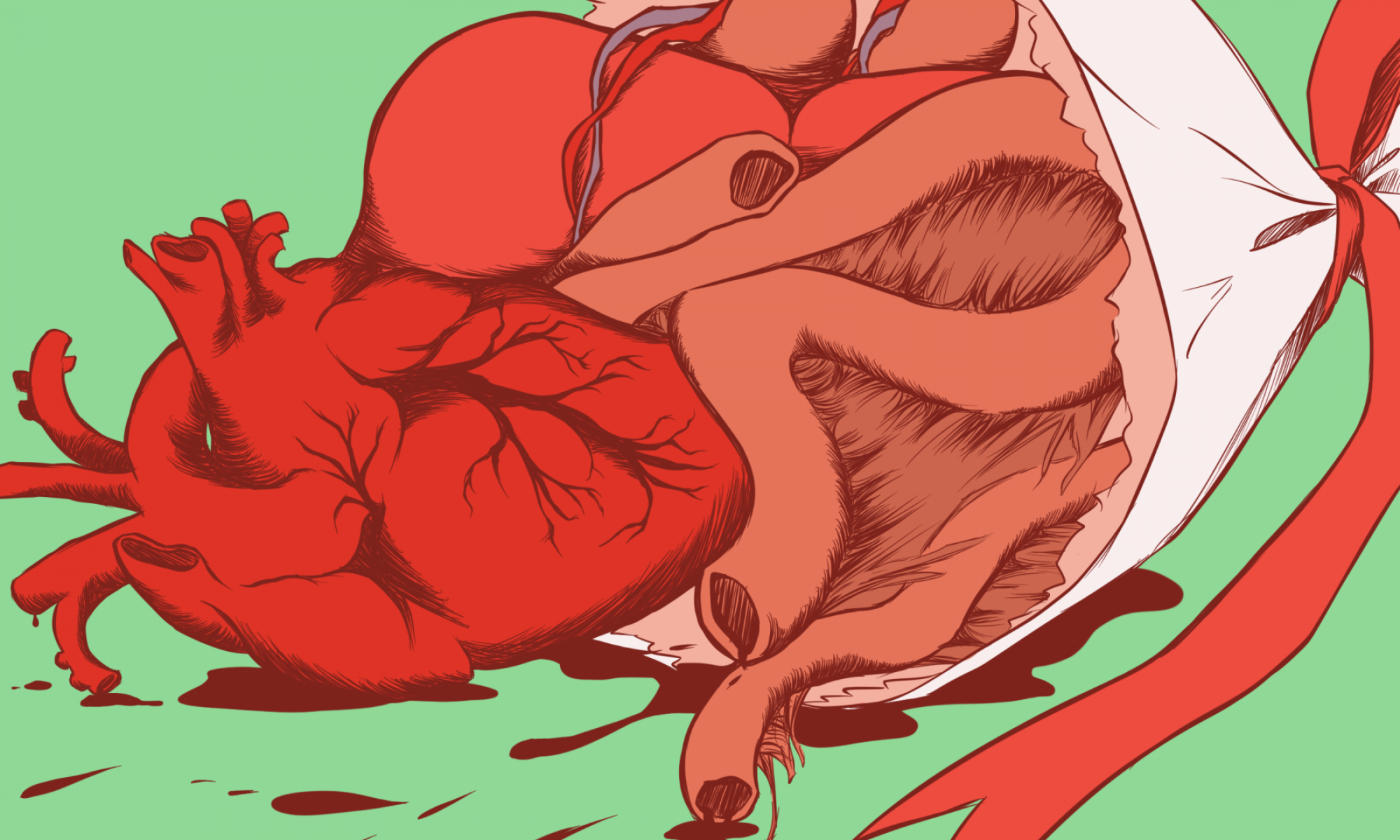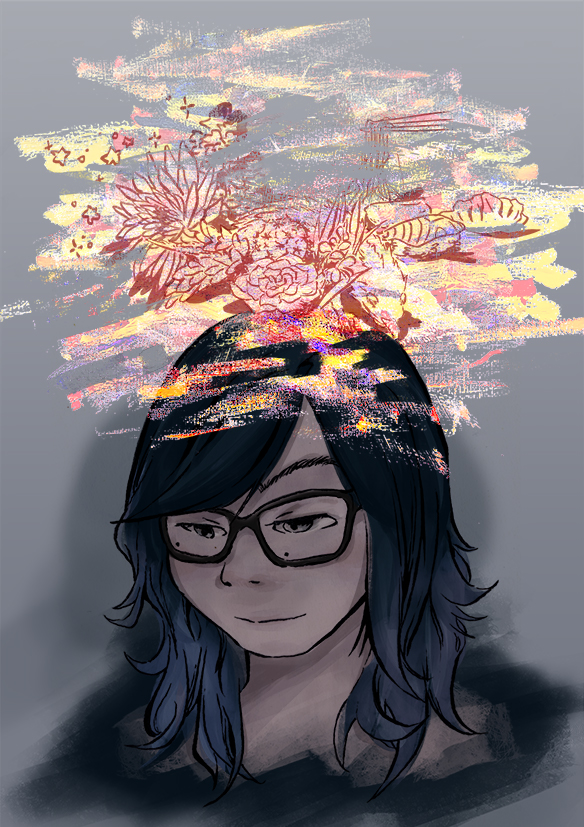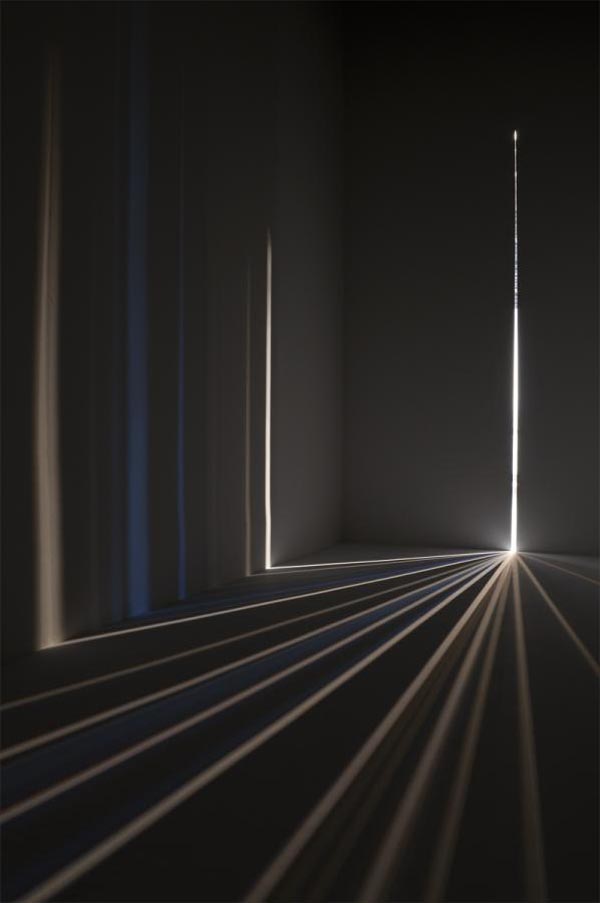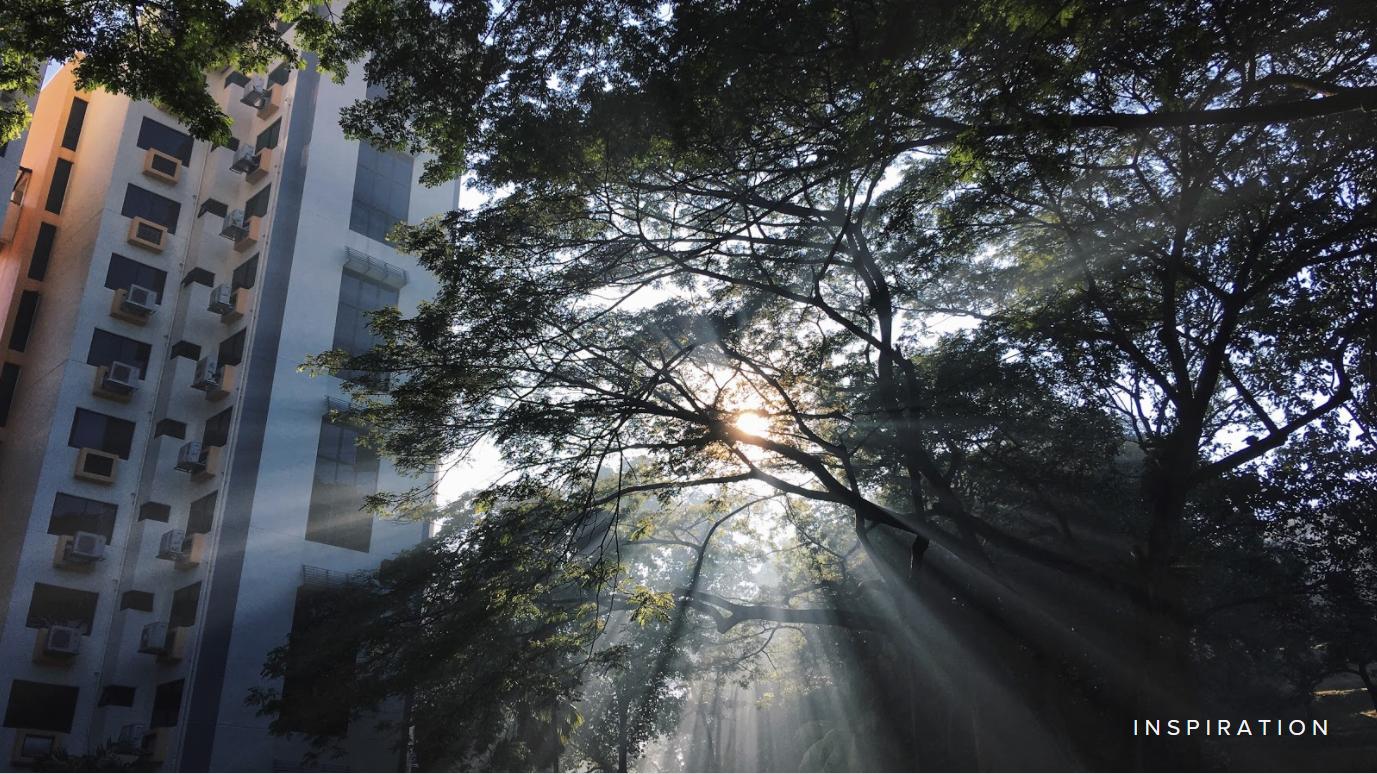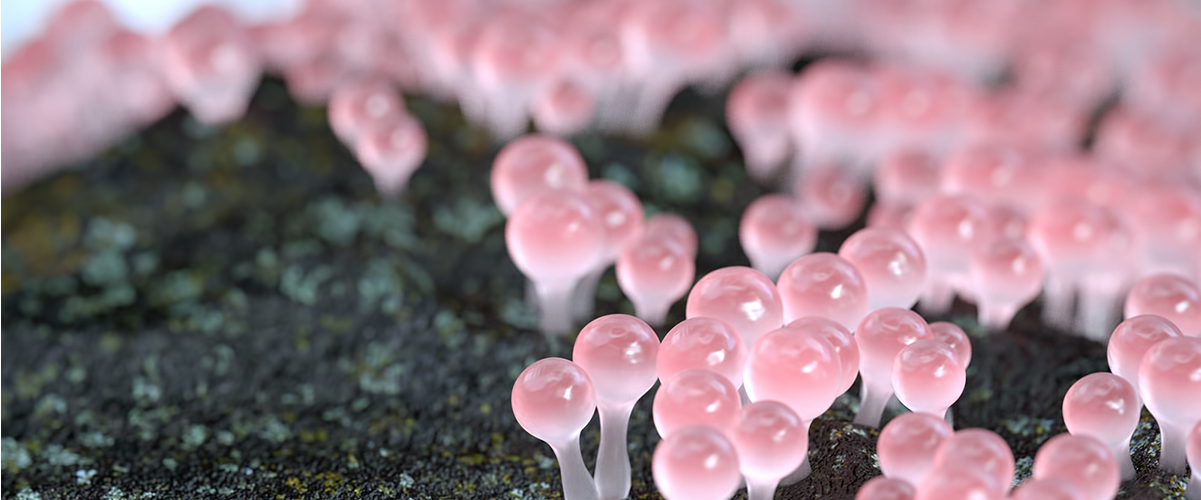Obscurity, 2017
Graphic animation, 2 min 6 secs
3840 x 480 pixels
North Spine Plaza, Nanyang Technological University
Inspired by my own experiences as a foreigner in the sunny island of Singapore, Obscurity explores the close coexistence of Singapore’s growing civilisation, and their diverse range of rich cultures. Even though Singapore is an expanse of rigid urban landscape, one may notice a temple nestled in between a few buildings could be viewed from the MRT windows. Or that despite the citizens living in similar, cold spaces of HDB blocks, one would notice unique habits spread around even in the hallway outside their living spaces.
Little obscure things that can be easily overlooked, but significant nonetheless.
Music by: Podington Bear
Exhibition at Media Art Nexus Wall


Photo by: Solomon Quek Jia Liang
Reflection
As seen from the process posts linked in the next section, I was initially inspired by the story of the koi fish and the role they play in the Chinese culture. I attempted to learn a new programme: Cinema 4D. Unfortunately, I took the first 7 weeks trying to figure out how to use the programme itself, unable to move forward. If there was one thing I regretted, it was the fact that in the end, I finally decided to let it go. Seeing I was not going anywhere with Cinema 4D, I changed my methodology to something I was already familiar with.
Even then I knew there was not enough time to create the background scenery and the animated koi fish in the 7 weeks I had left. I decided to forgo the koi fish and focus on the scenery instead. However I wanted to stick with my original concept: the coexistence between urbanisation and culture, thus the latter part of the idea was changed into these little inconspicuous cultural traditions in Singapore that people often overlook.
Honestly, thinking back on it, perhaps I should have focused on the animated koi fish instead, as it was the main feature of my inspiration.
Future Developments
Obscurity, as it is now, is definitely lacking many things. One key development I would like to add onto the work now is the originally intended koi fish animation; just something as simple as sketchy line art that would complement the current graphics. There are also several other scenes I would like to try animating, such as nightlife with neon lights, as well as smoke fumes that represents growing industrialisation .
Conceptualisation
